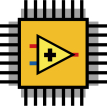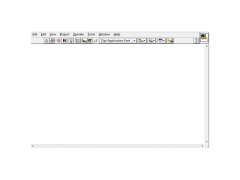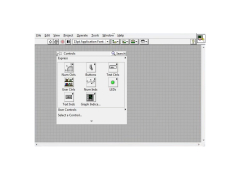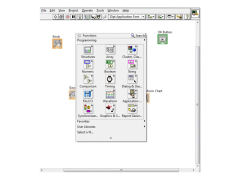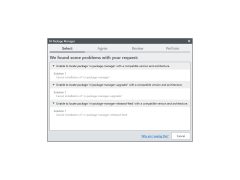Operating system: Windows
Publisher: National Instruments Corporation
Antivirus check: passed
LabVIEW is a professional development environment for the management of control and measurement systems. The program is designed primarily for scientists and engineers who need to collect and analyze large amounts of data from multiple sources. Developers at National Instruments offer a huge arsenal of measurement, monitoring, and data collection tools from a variety of equipment installed in laboratories and research centers. In addition to recording important data, LabVIEW can process them for further visualization and use in all kinds of tests and experiments.
The program can interact with individual applications as well as with complex measuring systems. To automate the process of data collection and processing, the user with sufficient programming skills can create his own applications. As a matter of fact, LabVIEW represents some visual programming language though disputes on whether it is such, go on till now. Applications created in the environment are created from individual modules called "Virtual Instruments" (or "VI" for short). If we draw analogies with the C language, these modules are some kind of functions defined by the developer. For detailed acquaintance with language LabVIEW use documentation which the program is supplied with. It is only available in English, but given the intended activity of the end user, this is unlikely to be a problem for the end user.
A main benefit of using LabVIEW is its capability to handle, process, and visualize large amounts of data from various sources efficiently.
- Management of control and data collection systems in laboratories and research centres;
- Processing and visualization of received information for further use in tests and experiments;
- working with individual applications and complex measuring systems;
- a proprietary visual programming language that helps you create applications to automate a wide variety of processes;
- detailed documentation;
- integration with the latest NI hardware platforms;
- possibility of building SCADA-systems.
PROS
Built-in engineering libraries and data visualization tools.
Supports multiple operating systems and hardware.
CONS
Lower efficiency for complex algorithms compared to text-based languages.
Limited online resources and community support for troubleshooting.


